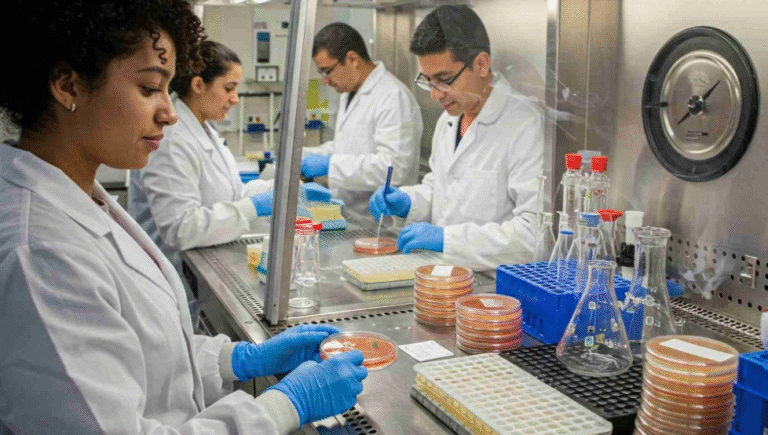Fake Gluten-Free Products on the Rise: Here’s How to Protect Sensitive Kids
The popularity of gluten-free diets has surged in recent years, especially among families with children who have celiac disease or gluten sensitivity. As stated in the pafikutaikab.org report however, health experts are now warning about an alarming trend the rise of fake or mislabelled gluten-free products. These foods, falsely marketed as safe, can pose serious health risks to sensitive children.
The Growing Concern
Gluten is a protein found in wheat, barley, and rye. For children with celiac disease or gluten intolerance, consuming even tiny amounts can cause severe digestive distress, fatigue, skin rashes, and long-term intestinal damage. The increasing demand for gluten-free foods has led to a booming global market — and, unfortunately, opportunities for unethical manufacturers.
“Many parents trust ‘gluten-free’ labels without realizing that some products are contaminated or falsely advertised,” says Dr. Hannah Lee, a pediatric gastroenterologist at the Seoul National University Hospital. “For a child with celiac disease, eating fake gluten-free food can be just as dangerous as eating regular bread.”
Recent investigations by food safety authorities in several countries have uncovered products that exceed safe gluten limits. Some manufacturers fail to follow proper production standards, while others intentionally mislabel their products to attract consumers.
See also: The Significance of Genetic Testing and STR Analysis in Cell Line Verification
Why It’s Dangerous for Kids
Children are particularly vulnerable to gluten contamination because their immune systems and digestive tracts are still developing. In those with celiac disease, gluten triggers an autoimmune response that damages the small intestine. Over time, this can lead to poor nutrient absorption, growth problems, and chronic fatigue.
Even children without celiac disease can experience discomfort from gluten intolerance, including bloating, stomach cramps, and irritability. “The problem with fake gluten-free foods is that parents can’t always tell when a reaction is happening,” Dr. Lee explains. “The symptoms may appear days later, making it hard to identify the source.”
How to Protect Your Child
Experts recommend several steps parents can take to ensure the gluten-free foods they buy are truly safe:
- Check for Certified Gluten-Free Labels
Look for certification from trusted organizations such as the Gluten-Free Certification Organization (GFCO) or Coeliac UK. These marks indicate that the product has been independently tested and meets strict safety standards. - Read the Ingredient List Carefully
Avoid vague or suspicious descriptions such as “wheat-free” or “low-gluten.” True gluten-free products should not contain wheat, barley, rye, or their derivatives. - Research the Brand
Choose reputable brands with transparent manufacturing processes. Many reliable companies publish their testing results or allergen policies online. - Be Cautious with Processed Foods
Cross-contamination can occur in factories that also handle gluten-containing ingredients. Whole, natural foods like fruits, vegetables, rice, and lean meats are safer choices. - Consult a Specialist
If your child continues to have symptoms despite a gluten-free diet, consult a pediatric gastroenterologist or dietitian. They can help identify hidden sources of gluten or recommend proper testing for allergies and intolerances.
The Importance of Awareness
The rise of fake gluten-free products highlights the need for stronger food regulations and consumer education. Dr. Lee emphasizes that parents should remain vigilant but not fearful. “Awareness is the best protection. By choosing certified brands and staying informed, parents can ensure their children’s meals are both safe and nutritious.”
As gluten-free diets become more mainstream, maintaining trust in product labeling is crucial. For children with gluten sensitivity, one mislabeled product can trigger weeks of discomfort. By staying cautious, reading labels, and consulting medical professionals, parents can protect their children — and help ensure that “gluten-free” truly means safe and healthy.
Source: Persatuan Ahli Farmasi Indonesia






